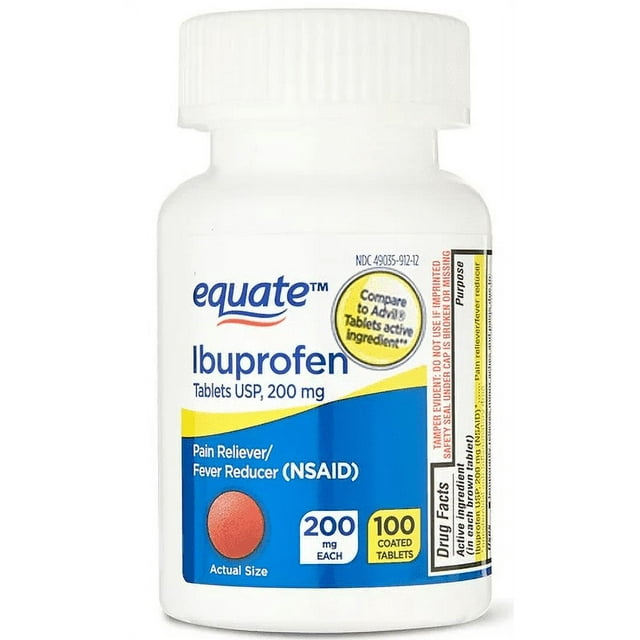Low Back Pain: Symptoms, Causes, Treatment
What are the symptoms of low back pain?
Low back pain is a common condition that can vary in intensity and duration. Symptoms of low back pain can include:
- Dull, aching pain: The pain may be localized to the lower back or may radiate into the buttocks or thighs. It can be intermittent or constant.
- Sharp, stabbing pain: In some cases, the pain may be sharp or shooting, especially with certain movements or activities.
- Stiffness: The lower back may feel stiff, making it difficult to move or bend.
- Muscle spasms: Tightness or spasms in the muscles of the lower back can cause additional pain and stiffness.
- Pain with movement: Pain may worsen with certain movements, such as bending, lifting, or twisting.
- Pain that improves with rest: Some people may find that their pain improves with rest, while others may find that it worsens.
- Radiating pain: Pain may radiate into the legs, known as sciatica, if the pain is caused by compression of the sciatic nerve.
- Numbness or tingling: Some people may experience numbness, tingling, or weakness in the legs or feet, especially if the pain is caused by nerve compression.
- Difficulty standing or walking: Severe low back pain can make it difficult to stand or walk comfortably.
- Pain that worsens over time: In some cases, low back pain may start gradually and worsen over time.
It’s important to note that the underlying cause of low back pain can vary, and not all cases of low back pain are the same. Common causes of low back pain include muscle strains, ligament sprains, herniated discs, and degenerative disc disease. If you experience persistent or severe low back pain, it’s important to see a healthcare provider for an accurate diagnosis and appropriate treatment.
What are the causes of low back pain?
Low back pain can be caused by a variety of factors, including:
- Muscle or ligament strain: This is the most common cause of low back pain. Strained muscles or ligaments can occur from lifting heavy objects, sudden movements, or poor posture.
- Herniated or bulging discs: The discs between the vertebrae can bulge or rupture, putting pressure on nearby nerves and causing pain.
- Degenerative disc disease: This condition occurs when the discs between the vertebrae break down over time, leading to pain and stiffness in the lower back.
- Spinal stenosis: This is a narrowing of the spinal canal, which can put pressure on the nerves and cause pain, numbness, or weakness in the legs.
- Spondylolisthesis: This is a condition in which one vertebra slips forward over another, putting pressure on the spinal nerves and causing pain.
- Osteoarthritis: This is a degenerative joint disease that can affect the joints in the lower back, causing pain and stiffness.
- Compression fractures: Fractures in the vertebrae, often caused by osteoporosis, can lead to sudden onset of severe back pain.
- Traumatic injury: A fall or other traumatic injury can cause fractures, sprains, or strains in the lower back, leading to pain.
- Medical conditions: Certain medical conditions, such as kidney stones, infections, or tumors, can cause low back pain.
- Poor posture: Poor posture, especially when sitting for long periods, can strain the muscles and ligaments in the lower back, leading to pain.
It’s important to note that the cause of low back pain can vary from person to person, and in many cases, the exact cause may not be clear. If you experience persistent or severe low back pain, it’s important to see a healthcare provider for an accurate diagnosis and appropriate treatment.
What is the treatment for low back pain?
The treatment for low back pain depends on the underlying cause and the severity of the pain. In many cases, low back pain can be managed with conservative treatments. Some common treatments for low back pain include:
- Pain medications: Over-the-counter pain medications, such as acetaminophen (Tylenol) or nonsteroidal anti-inflammatory drugs (NSAIDs) like ibuprofen (Advil, Motrin) or naproxen (Aleve), can help reduce pain and inflammation.
- Physical therapy: Physical therapy can help improve strength, flexibility, and range of motion in the lower back, which can help reduce pain and prevent future injuries.
- Exercise: Low-impact exercises, such as walking, swimming, or yoga, can help strengthen the muscles in the lower back and improve flexibility.
- Heat or cold therapy: Applying heat or cold packs to the affected area can help reduce pain and inflammation.
- Massage therapy: Massage therapy can help relax tight muscles and improve circulation, which can help reduce pain and promote healing.
- Chiropractic care: Chiropractic adjustments can help realign the spine and relieve pressure on the nerves, which can help reduce pain.
- Acupuncture: Acupuncture involves inserting thin needles into specific points on the body to help relieve pain and promote healing.
- Lifestyle changes: Making lifestyle changes, such as maintaining a healthy weight, practicing good posture, and avoiding prolonged sitting or standing, can help reduce the risk of low back pain.
In some cases, more invasive treatments may be necessary for severe or persistent low back pain. These treatments may include:
- Injections: Corticosteroid injections into the affected area can help reduce inflammation and relieve pain.
- Surgery: In severe cases, surgery may be necessary to correct underlying structural problems in the spine, such as herniated discs or spinal stenosis.
It’s important to work with a healthcare provider to develop a treatment plan that is tailored to your specific needs and goals. In many cases, a combination of treatments may be most effective for managing low back pain.




